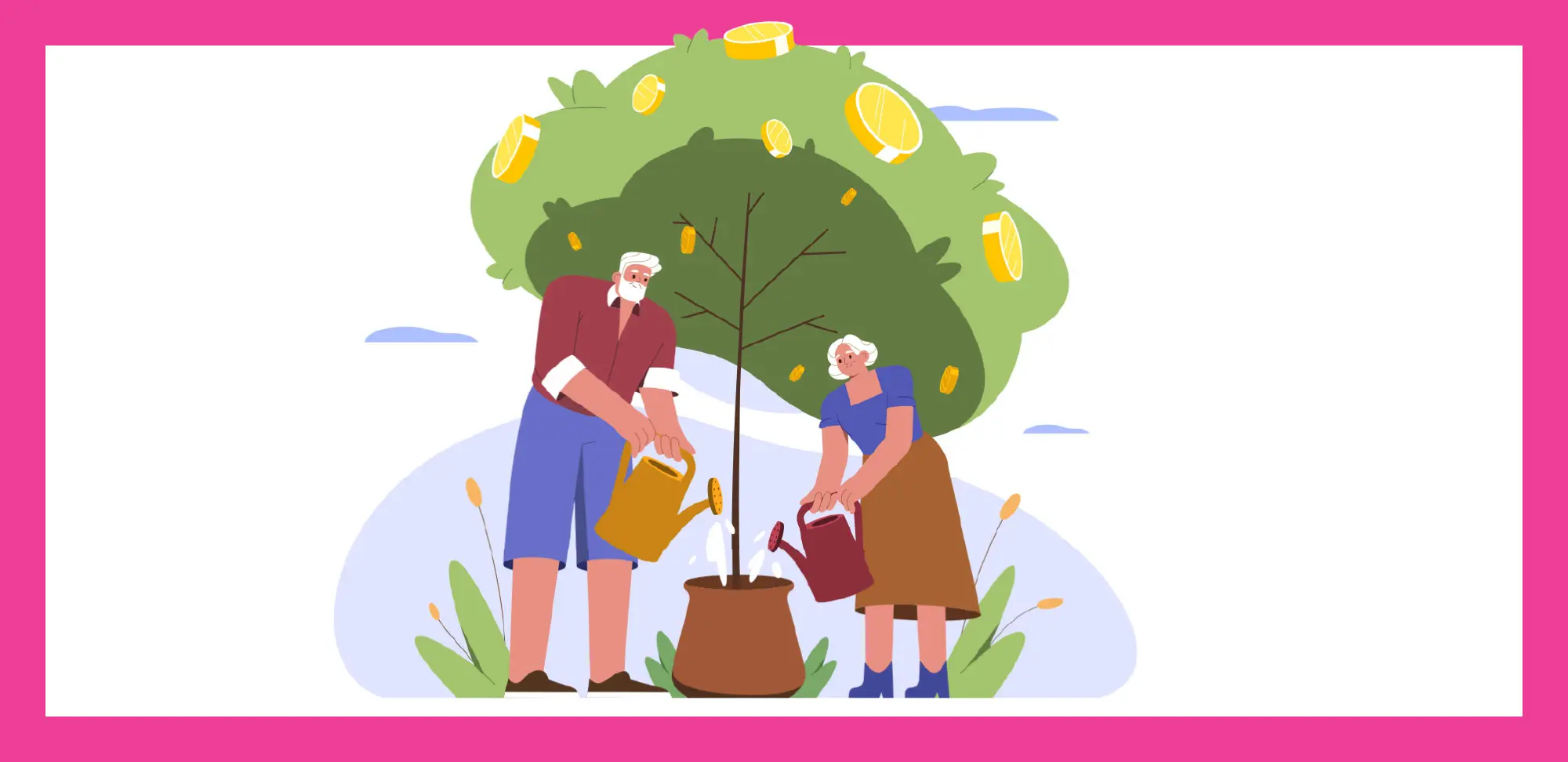Side hustles offer a cash flow boost that can help offset fixed and variable expenses in retirement. Just as importantly, though, they fulfil mental health and social connection needs.
When these part-time jobs are money losers, however, they can add unnecessary stress to your life. Here are some smart tips that will help keep your side hustle in the black.
And remember to check with your pension plan to find out if working after retirement will affect your pension payments before you set up your side hustle.
Side hustles aren’t just for entrepreneurs
Technically, any secondary source of income can be considered a side hustle: Working part-time tutoring for an educational company, tending to flowers at your local garden centre or assisting a small business with logistics planning all count. If you choose to work for someone else, be clear about the time you are willing to commit (including the times of day you’re available) and nail down the hourly wage you’ll be collecting and how much time off you’ll get. Striking the right balance between enjoying retirement and working part-time is personal. If your financial situation calls for it, full-time hours might even be right for you.
Have a great idea for a product or service? Sell it!
Starting a small business is much harder than working for someone else. But if you’ve got a solution for a pressing need, it’s time to look at how to bring your concept to life.
When I teach my students about creating money-making side hustles, I use a six-step framework to determine if a business idea is actually profitable. If the answer is yes, they should build the business. If it’s no, they need to move on to another idea.
Document your answers to these six questions and you’ll see they roll up nicely into a basic business plan.
1. What are you selling and why is it unique? (Describe and add pictures.)
You don’t want your product or service to be a knock-off. It has to be different in order to stand out, so what makes it special?
2. What big problem does your product or service solve and how? (Profitable businesses solve real problems.)
The best businesses aren’t the ones with the fanciest solutions. They’re the ones that solve pesky problems, so focus on that side of the equation first.
3. Who are you selling to? (Find statistics that describe customer demographics and purchasing behaviour.)
This is called market analysis, and it’s where you scan research and data to determine who your ideal customers are, how many of them exist and where they shop. You’ll also get a good idea of the best way to reach them, such as social media or word-of-mouth referrals. The easiest place to find this information is Statistics Canada — you just have to dig a little. You need to spend a significant amount of time finding market-research reports; start by Googling to see what’s been published recently.
4. What evidence do you have that your product or service is in demand with your target demographic?
Hands down, the best way to determine this is to talk to 10 to 20 people in your target demographic. Your goal in these interviews is to understand the problem you aim to fix, and to see whether the interviewees find value in your solution. If your business idea isn’t hitting home for your demographic, you need to go back to the drawing board.
5. How will you price your offering?
Researching your competitors will help you craft a price that works for your customers. Find out how much others are charging and what sort of value they are delivering. For example, if you’re planning to become a life coach who helps new retirees through the transition to post-career life, visit the websites of other successful life coaches in your area to map out a competitive fee structure.
6. What are your projected revenue and costs for the next three years?
Multiply your pricing by the number of sales you expect to generate in your first, second and third years in business. Then subtract your annual costs (get real quotes to avoid underestimating). Try to account for everything, including launching and managing your website, legal expenses, cellphone and internet fees, staff salaries if you need to hire, rent for office space, printing, insurance, marketing and so on. Your net profit is your revenue minus all of these costs.
Do not pass Go if your net profit is negative — this means your side hustle is going to lose money. Go back and tweak your idea until the equation is profitable.
Ready to get your side hustle on? My top two tips are to do something that fulfils you and to be sure your business makes money at the same time. Actually, I have a third tip: Do something that makes you happy!










